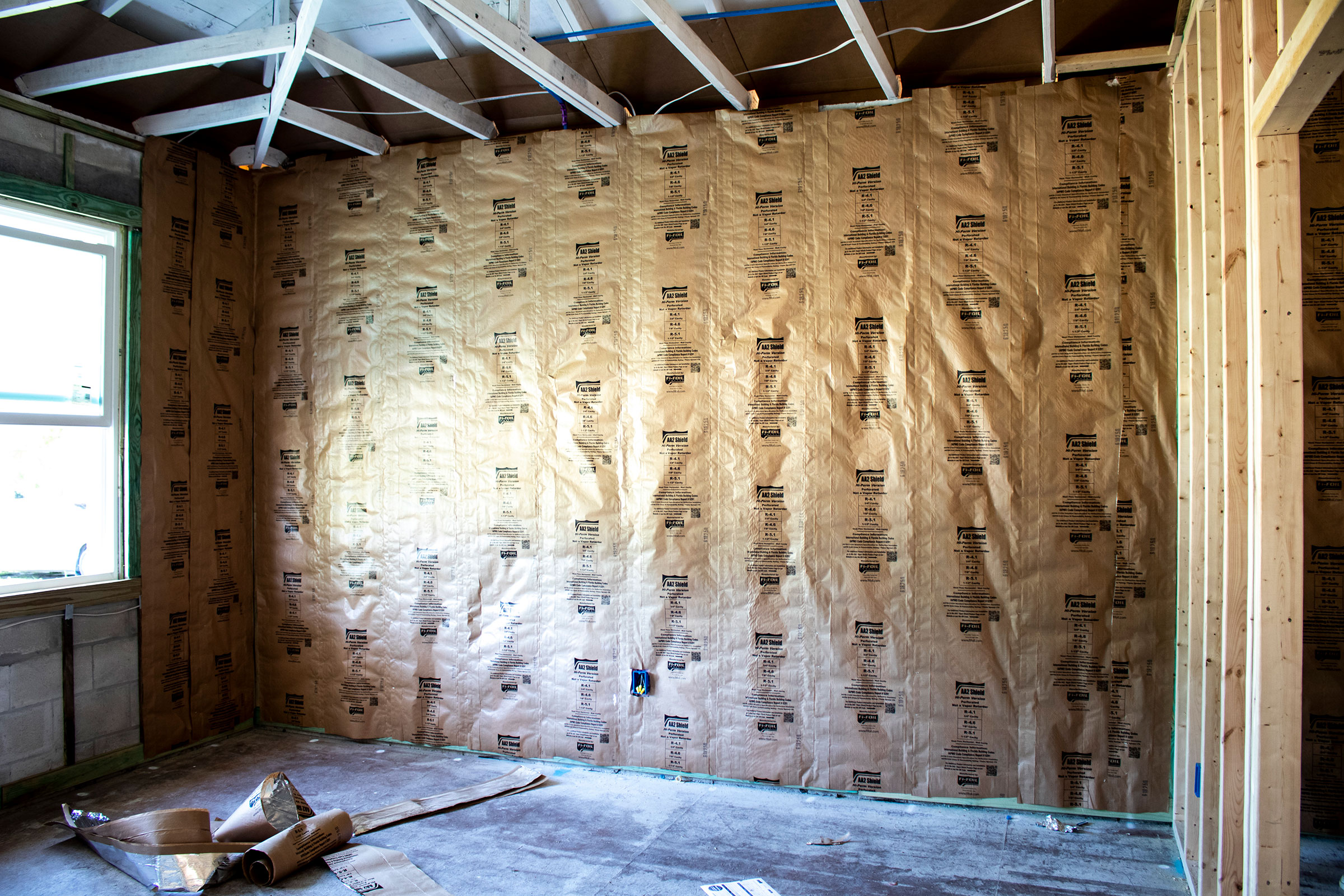How Facing Affects Fiberglass and Other Batt Insulation Materials

How Facing Affects Fiberglass and Other Batt Insulation Materials
Faced vs. Unfaced Insulation
Insulation, both faced and unfaced, is used to regulate temperature and reduce heat loss in a building. However, each type has its own benefits that impact where in the house they’re most useful to install; these differences are important to know so you can make an informed decision when adding, removing and reinstalling material throughout your building. Faced insulation refers to batt material that has a thin paper or plastic layer on one side, which is know as a “face”. This is used to protect the material, which is typically fiberglass or mineral wool, from humidity, bacteria and other moisture damages. On the other hand, unfaced insulation is a roll or pallet of batt material that doesn’t have a covering on one side, which is what many homeowners are often more familiar with when they think of or see an image of insulation.
Where Faced Insulation is Used
In some cases, faced insulation may sound like the more obvious choice to have installed throughout a building. It’s important to note, however, that in some applications it’s not only considered useless, but it also may not be the best choice in comparison to other materials. When considering new and updated insulation, consulting an industry professional can help you and your household learn more about your home’s needs and what kind of insulation is best used in different areas of your home. Every location has factors that will affect the needs of a building, the most basic variables being climate zone, building codes, and common weather patterns.
One of the most significant differences between faced and unfaced insulation batts is their application benefits. Faced insulation is used primarily as a quality vapor barrier, as it protects the material from moisture damage as we mentioned earlier; its primary downfall is that the paper is flammable. Unfaced insulation, however, is naturally non-combustible in most cases due to the inherent nature of the material itself. Fiberglass and mineral wool, two of the most common materials used for batt insulation, are fire resistant and can significantly reduce the spread of fire (it’s important to note this does not mean its stops a fire from burning in every case).
Attics
As a homeowner, you’re most likely familiar with the insulation in your attic – this is one of the easiest places to discover faced insulation. Although it won’t be present in every home, in between ceiling joists and the walls are the most common areas that have faced insulation installed. If you see faced insulation lining the floor, this is most likely a DIY error – it’s more likely that an insulation professional will have installed some kind of blown-in material along the attic floor. Faced insulation material is pressed in between the cavities, ensuring a snug fit to reduce air leaks, with the paper or plastic facing outward toward the installer.
Crawl Spaces
The insulation installed under your floor is crucial to reducing heat loss and air leaks throughout the home. When entering your crawl space, you may see faced insulation between the floor joists.
This has a similar function to the material that’s installed in between ceiling joists in your attic – it provides a vapor barrier while also preventing heat transfer. It needs to be installed in the same way, with a snug fit in between the joists – however, the facing should be directed upward, toward the inside of the home, instead of toward the ground below. If the material needs support to stay in place, you can use a staple gun to secure it.
Exterior Walls
Take a look at buildings that are being constructed around your city or neighborhood – you may notice paper between the exposed joists, typically with the logo of an insulation manufacturer printed on them. This is another common area people see faced insulation without realizing it, and it’s one of the most crucial areas faced insulation can prevent moisture and water from entering the home.
Understanding Insulation’s Impact with Local Experts
Knowing more about the different types of insulation and various materials to choose from when considering your home’s needs is crucial to making an informed decision. While it’s the job of an insulation expert to be able to provide you with an evaluation that has your home’s best interests in mind, understanding the basics as a homeowner can help you consider cost-effective and energy efficient options that improve your comfort and safety. At Koala Insulation, our technicians are trained to not only provide detailed evaluations that detail the current condition of your home’s insulation, but they’re also available to answer any of your questions or concerns regarding old and replaced material. Our teams offer free evaluations so you and your household can not only learn more about insulation options but also take into account your availability and budget.
Find Your Location


Get a quote


